

With brilliantly imaginative games like Canvas Curse, Epic Yarn and Mass Attack, the Kirby series has proven that it can re-invent itself and pull it off successfully every time. But what about classic Kirby? Aside from Squeak Squad on DS, there hasn't been a traditional Kirby on consoles for more than a decade. Kirby's Return to Dream Land was worth the wait though – it's a perfect example of how to update a classic and do everything right.
Return to Dream Land features all of Kirby's core series-defining mechanics and gameplay, like Kirby's ability to inhale enemies and copy their abilities, his ability to float/fly anywhere, and levels with lots of bonus stages and multiple paths. The range of powers available in Return to Dream Land (over 20 regular copy abilities plus five super abilities) really takes advantage of Kirby's main selling point, and the new abilities, like the Whip and Leaf, fit in perfectly with classic abilities like Parasol and Beam.
It's not just the number of abilities that's impressive though – each ability is also more dynamic than before too. Take Fire, for example. Standing still, Kirby breathes a stream of fire, while dashing forward he can turn into a fireball, and while jumping he swings around a fire whip. The super abilities are a joy to unleash too, and even though they appear fairly frequently, it still feels special every time you encounter one. The Ultra Sword is the most visually epic, with the sword transforming into a different screen-spanning weapon each time you use it – we even saw it turn into a giant fish at one point. The Snow Bowl is a close second though, and we especially enjoyed Kirby's giant hat made of soft serve ice cream. Super abilities mostly show up in special areas where they're used to unlock bonus stages, but later on in the game they're also cleverly incorporated into boss battles too.
Speaking of visual epicness, Return to Dream Land is consistently delightful to behold. The animations for Kirby and friends (Dedede, Metaknight and Waddle Dee are all playable too) are so detailed and adorable that it makes our hearts hurt. Seeing Kirby don a pair of goggles as he dives underwater, then pop up and float on the surface wearing a little inner tube… it just makes us happy. All of the abilities have unique visual flourishes too, like when you dash with the Ice ability Kirby actually ice skates. And don't get us started on the hugs – Dedede and Kirby sharing a squishy hug to share HP is one of the cutest things we've ever seen.
While we had our quibbles with the multiplayer in New Super Mario Bros Wii, Return to Dream Land's multiplayer only enhances the gameplay. Having four players on the same screen at once is bound to be hectic at times, but it works as well as logistically possible here, and doesn't suffer from the same annoyances as NSMB with characters constantly bumping into each other.
The drop-in/drop-out functionality works beautifully too, but with its convenience comes some small faults. Players two, three and four can use extra lives to respawn indefinitely, which can deplete your lives pretty quickly if any of your friends suck at Kirby. If player one dies, everyone fails the stage, so occasionally during tougher parts (most notably during the final boss battle) we cheesed our way through by having player one hang back while the other players took more risks and respawned as needed. Aside from this exploit though, the ability for other players to join and leave the game whenever they please is definitely a plus, and it's a feature we took advantage of frequently when playing in the office.
Kirby, perhaps somewhat unfairly at times, has a reputation for being an easy, baby-ish series, but rest assured that Return to Dream Land offers a challenge even for adults. Kirby's ability to fly seems like it would be a game-breaker for a traditional platformer, but Dream Land's levels are designed with Kirby's abilities in mind, so you can't just fly through every level. And if you manage to make it through the entire game without any trouble, beating the game unlocks a super hard mode with reduced health bars for Kirby and allies, plus tougher enemies.
To round things out, the handful of unlockable bonus features are a nice addition to the main game. Ninja Dojo uses a familiar motion control scheme where you throw ninja stars at targets, and feels reminiscent of the quick draw minigame in Kirby's Adventure. Scope Shot also uses motion control and works best with multiple players, where you gang up to destroy a large target piece by piece. Once you beat the game you also get an arena mode that lets you fight through one boss after another, which is great if you're looking for an extra challenge.
Most importantly, Kirby's Return to Dream Land makes absolutely no concessions in its quest to appeal to a wider audience. Newcomers will still feel welcome, but at the same time, longtime Kirby fans will also feel fully respected too. It perfectly integrates old Kirby staples with new features like the super abilities, and despite the Wii's graphical shortcomings compared to 360/PS3, it couldn't be more visually appealing. Kirby has always played second fiddle to the likes of Mario and Zelda, but Return to Dream Land proves that Kirby can stand proudly alongside the best of Nintendo's biggest franchises.
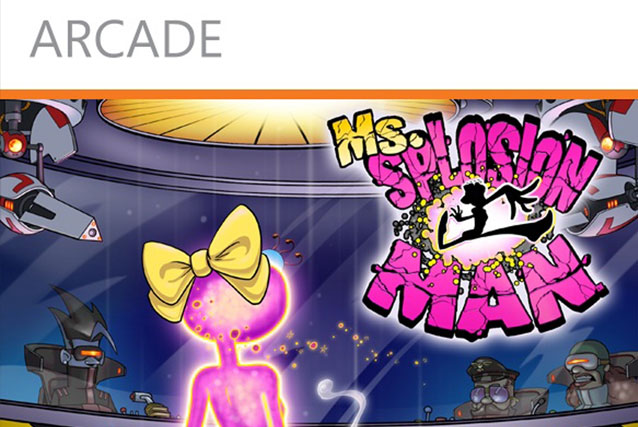
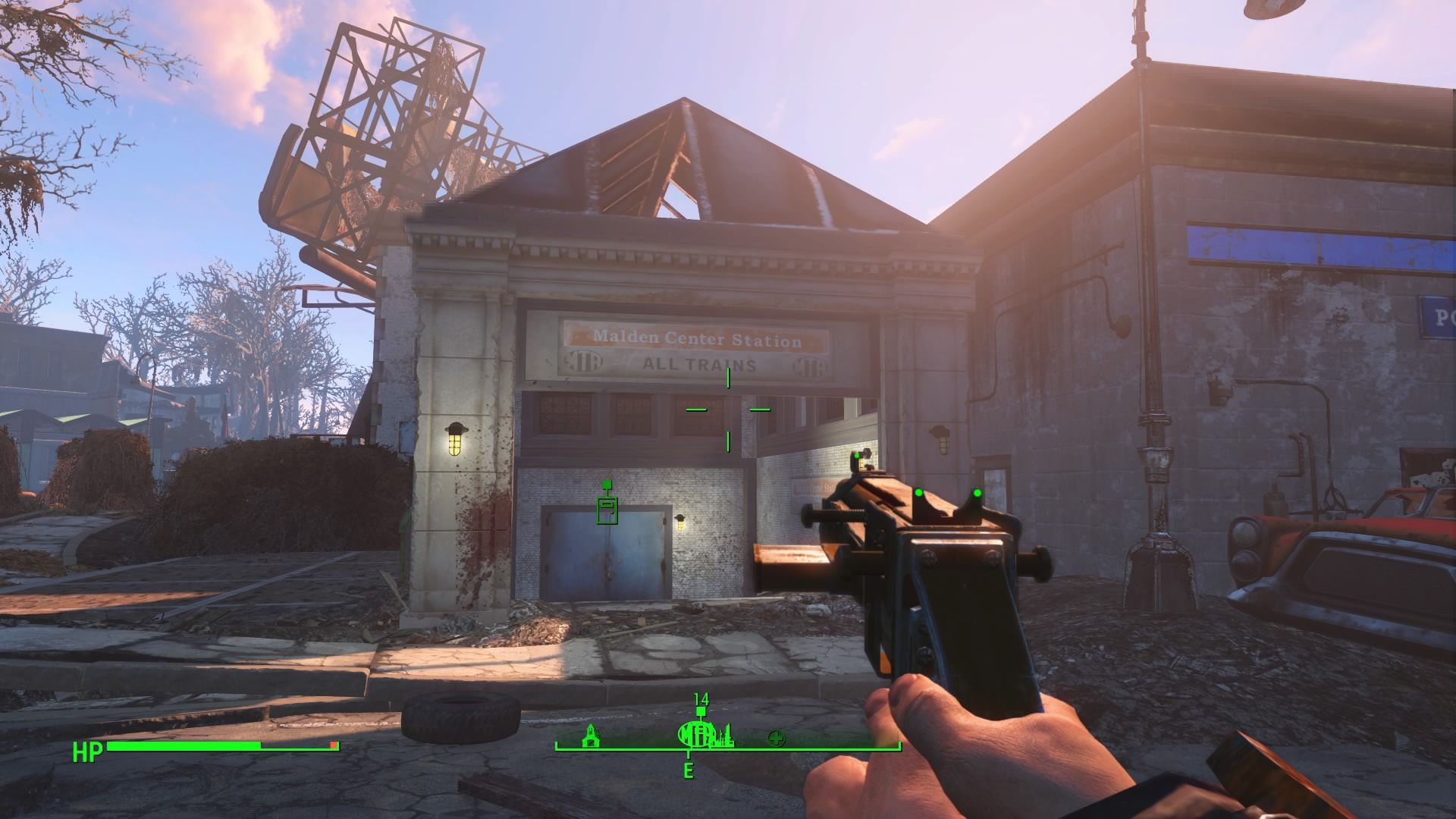
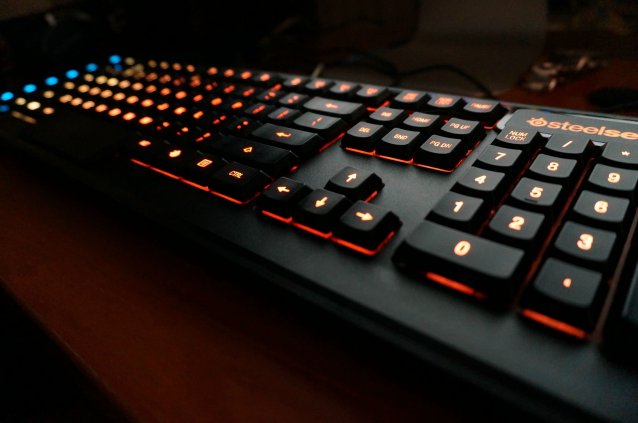

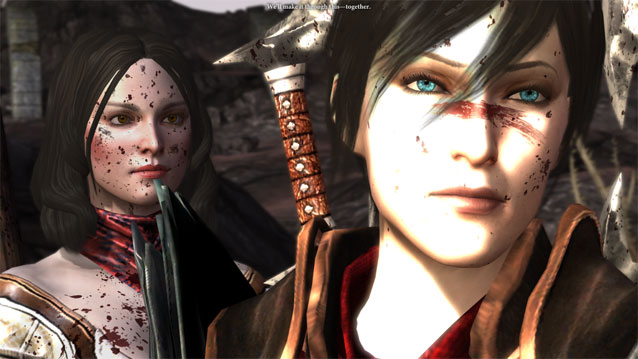 Voice Acting and the Future of RPGs
Voice Acting and the Future of RPGs Aggregate Herald - Early Edition 03.28.12: Heavyweight Champions
Aggregate Herald - Early Edition 03.28.12: Heavyweight Champions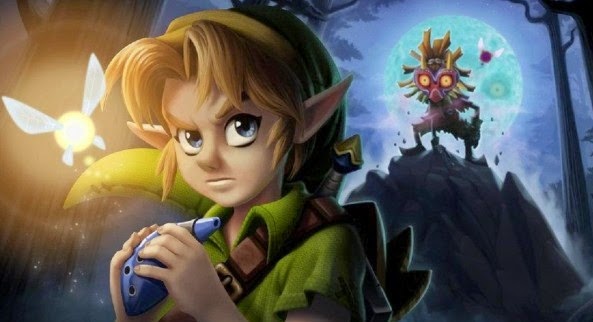 Majoras Mask 3D (3DS) Masks Locations
Majoras Mask 3D (3DS) Masks Locations Watch Dogs Unlocking ctOS Towers Guide
Watch Dogs Unlocking ctOS Towers Guide Orcs Must Die! 2: The Gameranx Interview
Orcs Must Die! 2: The Gameranx Interview